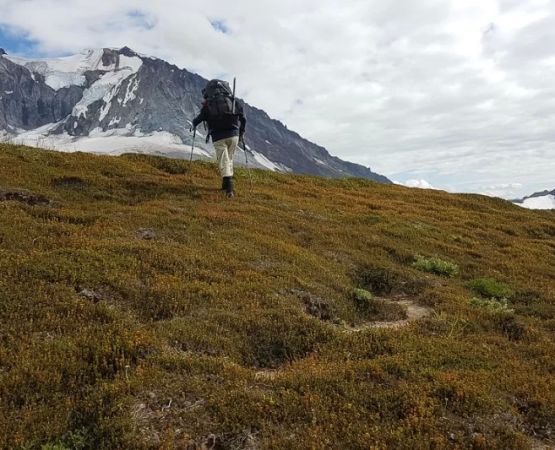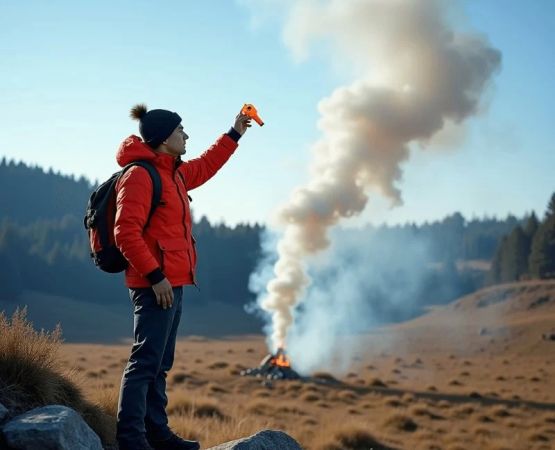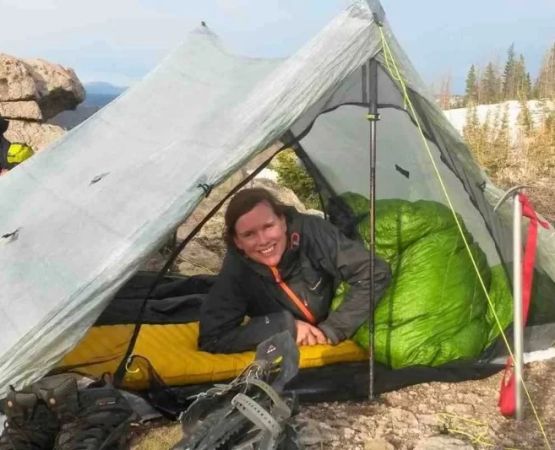- 1-why-plan-family-camping-itineraries-usa
- 2-choosing-the-right-campsite-and-region
- 3-structuring-a-multi-day-itinerary
- 4-day-by-day-activities-and-meals
- 5-safety-gear-and-logistics
- 6-real-family-case-studies-and-stories
- 7-actionable-tips-and-next-steps
1. Why Plan Family Camping Itineraries USA
Embarking on a family camping trip in the USA offers an unparalleled opportunity to disconnect from screens, reconnect with nature, and create lifelong memories. However, the key to a stress-free, enjoyable experience lies in thoughtful planning. Camping trip itineraries for families USA aren’t just about marking dates on a calendar—they serve as a comprehensive blueprint that balances outdoor adventure, rest, nutrition, and safety. Crafting a detailed itinerary ensures that each family member—from toddlers to grandparents—has activities suited to their interests and energy levels, while also anticipating logistical challenges like weather changes, campsite regulations, and wildlife encounters.
1.1 Benefits of a Well-Designed Itinerary
A structured plan helps prevent decision fatigue and last-minute scrambling. When you outline daily start times, activity blocks, and meal slots, you eliminate uncertainty. Children thrive on routine, so knowing “we’ll hike tomorrow morning” can ease bedtime resistance. For parents, pre-booking campsites and day-use permits reduces stress and guarantees prime spots near water, trails, or visitor centers. Moreover, an itinerary allows for built-in downtime—essential for relaxing around the campfire or indulging in impromptu stargazing sessions.
1.2 Aligning Expectations Across Generations
Family dynamics often include diverse preferences: teenagers seeking challenges, younger kids craving easy crafts, and older adults preferring gentle strolls. A detailed itinerary ensures everyone’s voice is heard. Start by surveying your group: list “must-do” items, from kayaking to birdwatching, then slot them into your schedule. Camping trip itineraries for families USA that respect pace differences foster harmony, so no one feels left behind or bored.
2. Choosing the Right Campsite and Region
Selecting an appropriate region and campsite lays the groundwork for any successful family camping itinerary. The USA’s geography spans deserts, alpine lakes, coastal shores, and dense forests, each offering unique experiences. Narrow your options by evaluating distance from home, climate during your travel window, and the amenities your family requires.
2.1 Regional Highlights
Western National Parks: Yosemite, Grand Canyon, and Yellowstone combine iconic vistas with established campgrounds. Perfect for families ready to trade “glamping” comforts for rugged exploration.
East Coast Woodlands: Shenandoah, Acadia, and Great Smoky Mountains feature lush forests, waterfalls, and lower elevation hikes—ideal for multi-generation groups.
Midwest Lakes & Prairies: Voyageurs National Park and the Boundary Waters offer canoe-based camping, wildlife viewing, and lake swimming—great for water-loving families.
2.2 Campsite Selection Criteria
When choosing a specific campground, consider:
- Proximity to Activities: Sites near trailheads, beaches, or interpretive centers reduce travel time and keep kids engaged.
- Available Amenities: Flush toilets, potable water, and ranger-led programs can elevate the experience for younger children and less experienced campers.
- Reservation Policies: Popular parks fill up months in advance. Use official government portals or approved concessionaires. For flexible options, consider private campgrounds like Pine Cliff Resort, which offers family-friendly cabins and tent sites with modern facilities.
3. Structuring a Multi-Day Itinerary
With your destination locked in, the next step is mapping out a day-by-day schedule. A well-structured camping trip itinerary for families USA typically spans three to five days, balancing active pursuits with rest.
3.1 Sample Three-Day Itinerary Framework
Below is a framework you can adapt:
- Day 1: Arrival, campsite setup, orientation hike, campfire cooking lesson.
- Day 2: Early-morning guided wildlife tour, picnic lunch, afternoon swimming or fishing, evening storytelling around the fire.
- Day 3: Sunrise viewpoint hike, brunch at campsite, break camp, optional short hike/homeward departure.
3.2 Building in Flexibility
Weather or unexpected delays may require swapping days. Always identify “core” activities (those you can’t miss) and “backup” options like nature crafts, board games, or reading time. This ensures that if rain cancels your water activities, you can switch to an educational talk at the visitor center without missing out on the next day’s schedule.
4. Day-by-Day Activities and Meals
A detailed breakdown transforms abstract plans into tangible adventures. For each day, outline morning, midday, and evening blocks, with specific activity goals and meal plans.
4.1 Morning Routine
Start early to capitalize on cooler temperatures and wildlife activity. Examples include:
- Guided birdwatching or junior ranger programs
- Short waterfall hikes with interpretive signs
- Nature journals: encourage kids to sketch flora and fauna
4.2 Midday Refuel and Rest
Set up a shaded picnic with pre-prepped sandwiches, fruit, and trail mix. Following lunch, designate a “quiet hour”—ideal for journaling, reading, or a quick nap. Rest periods prevent burnout, especially during hot summer months.
4.3 Evening Wind-Down
Reserve evenings for lighter activities: beginner-level fishing, inflatable paddle-boat rides, or a campfire cooking demonstration. Share responsibilities: older kids help fetch firewood; adults teach classic campfire songs. Incorporating storytelling about local legends deepens cultural appreciation and helps children settle before bedtime.
5. Safety, Gear, and Logistics
Even the best itinerary falters without proper safety measures and gear. Prioritize items that address weather, wildlife, and first aid.
5.1 Essential Gear Checklist
Include:
- Water filtration or purification tablets
- Layered clothing for temperature swings
- Comprehensive first aid kit with insect-bite relief
- Bear-resistant food containers in wildlife zones
- Navigation tools: maps, compass, and backup GPS
5.2 Reservation and Permit Details
Many national and state parks require advance reservations, especially for group sites. Check permit requirements for backcountry camping or fishing licenses. Pine Cliff Resort simplifies this process by offering bundled accommodations and permit management services, ensuring your itinerary stays on track without administrative headaches.
6. Real Family Case Studies and Stories
Storytelling brings an itinerary to life. Here are two real examples:
6.1 The Johnsons’ Smoky Mountains Summer Camp
The Johnson family—two parents, a 7-year-old, and a 12-year-old—spent four days in Great Smoky Mountains National Park. Their itinerary mirrored the sample framework but included a homemade scavenger hunt created by Dad, which kept the kids engaged during longer trail hikes. They booked a yurt at Pine Cliff Resort’s satellite campground, enjoying hot showers and a communal fire pit that made evening bonding effortless.
6.2 The Rodriguez Siblings’ Desert Star Campout
This trio of young siblings explored Joshua Tree. Their parents scheduled stargazing workshops led by park rangers, turning an otherwise dark desert into a classroom under the Milky Way. They swapped midday hikes for geode hunting and shared their experience on social media, inspiring nearby families to try a cooler-season desert camp.
7. Actionable Tips and Next Steps
With a solid camping trip itinerary for families USA, you’re ready to finalize details and embark on your adventure. Follow these steps:
- Finalize Reservations: Secure campsites, guided tours, and any special permits at least six weeks in advance.
- Pack Strategically: Lay out gear a week before departure to identify missing items. Include comfort foods for picky eaters.
- Download Offline Maps: Ensure navigation without cellular service.
- Engage Kids in Planning: Let them choose one activity or meal to foster ownership.
- Check Weather Forecasts: Adjust layering and backup activities as needed.
For end-to-end support—including curated itineraries, family-focused campsite options, and on-site amenities—consider booking through Pine Cliff Resort. Their expert team can customize your camping trip itineraries for families USA, ensuring seamless logistics and maximum fun.






